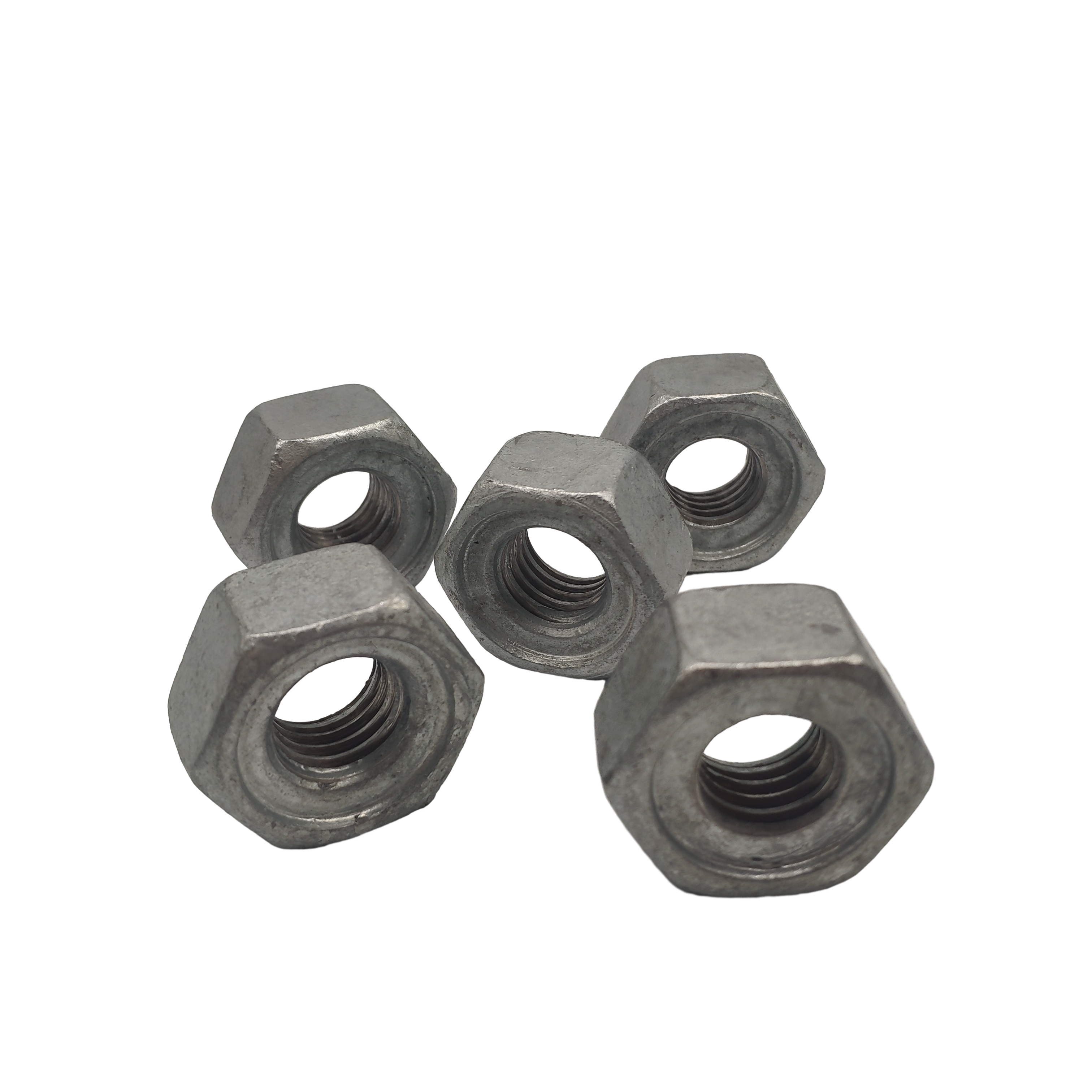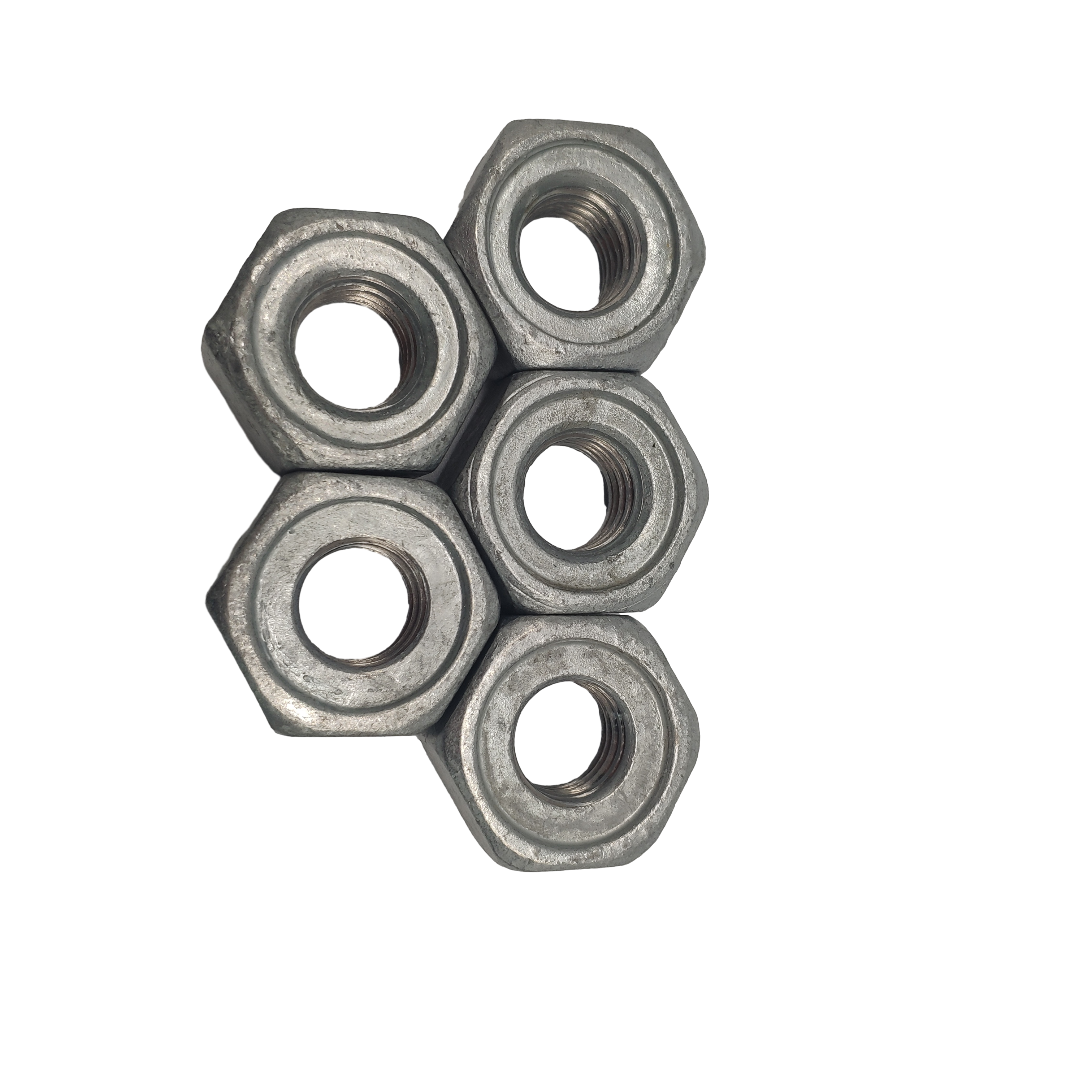Understanding the Critical Role of Fastener Selection in Modern Engineering
In the world of engineering and manufacturing, the importance of proper fastener selection cannot be overstated. Whether you're working on a small DIY project or managing a large-scale industrial operation, choosing the right fastener can mean the difference between a secure, lasting connection and a potential failure. The process of fastener selection involves careful consideration of multiple factors, from material properties to environmental conditions, making it a crucial decision that impacts both safety and functionality.
Every year, countless engineering projects face challenges due to improper fastener selection, leading to increased maintenance costs, safety risks, and project delays. Understanding the fundamentals of fastener selection is essential for engineers, contractors, and anyone involved in assembly operations. This comprehensive guide will walk you through the essential considerations and best practices for choosing the perfect fastener for your specific application.
Key Factors in Fastener Selection
Material Compatibility and Properties
The material composition of both the fastener and the components being joined plays a crucial role in fastener selection. Different materials exhibit varying properties such as tensile strength, corrosion resistance, and thermal expansion rates. For instance, when working with aluminum components, it's essential to choose fasteners that won't cause galvanic corrosion. Stainless steel fasteners are often preferred for their excellent corrosion resistance, while carbon steel fasteners offer high strength at a lower cost.
Consider the operating environment when evaluating material compatibility. In marine applications, corrosion-resistant materials like bronze or marine-grade stainless steel are essential. For high-temperature applications, specialty alloys designed to maintain their properties under extreme conditions should be selected.
Load Requirements and Stress Analysis
Understanding the types and magnitude of loads that the fastener will experience is fundamental to proper selection. Static loads, dynamic loads, shear forces, and tensile loads all influence the choice of fastener type and size. Engineers must calculate the minimum strength requirements and factor in appropriate safety margins when selecting fasteners for their applications.
Perform a detailed stress analysis to determine the distribution of forces across the joint. This analysis should consider not only normal operating conditions but also potential extreme scenarios and fatigue factors that could affect long-term performance.
Environmental Considerations and Application Requirements
Temperature and Chemical Exposure
Environmental factors significantly impact fastener performance and longevity. Temperature fluctuations can affect material properties and cause thermal expansion or contraction, potentially compromising joint integrity. Chemical exposure may lead to corrosion or degradation of certain fastener materials. Consider both the immediate and long-term environmental conditions when making your selection.
For applications involving extreme temperatures, specialized fasteners with appropriate coatings or material compositions should be chosen. Similarly, in environments with chemical exposure, selecting fasteners with proper protective coatings or inherent chemical resistance is crucial.
Vibration and Dynamic Loading
Many applications involve vibration or cyclical loading, which can cause fasteners to loosen over time. In such cases, incorporating appropriate locking mechanisms or selecting fasteners specifically designed for vibration resistance becomes essential. Thread-locking compounds, lock washers, or specialized fastener designs may be necessary to maintain joint integrity.
Consider the frequency and amplitude of vibrations in your application. High-frequency vibrations may require different solutions compared to low-frequency, high-amplitude movements. The choice between mechanical locking methods and chemical thread lockers should be based on maintenance requirements and operating conditions.
Installation and Maintenance Considerations
Accessibility and Assembly Requirements
The ease of installation and future maintenance access must be considered during fastener selection. Some applications may have limited access, requiring specific tool clearances or fastener designs that facilitate installation in confined spaces. Consider whether the assembly will require frequent maintenance or disassembly, as this may influence the type of fastener chosen.
For applications requiring regular maintenance, reusable fasteners might be preferred over permanent solutions. The availability of installation tools and the skill level of assembly personnel should also factor into the selection process.
Cost Considerations and Lifecycle Analysis
While initial cost is important, the total lifecycle cost of fastener selection should be evaluated. This includes consideration of installation time, maintenance requirements, potential replacement needs, and the cost of failure. Sometimes, investing in higher-quality fasteners initially can lead to significant long-term savings through reduced maintenance and increased reliability.
Consider the production volume and whether specialized fasteners might require longer lead times or minimum order quantities. Balance the cost-benefit ratio of different fastener options while keeping in mind the critical nature of the application.
Testing and Validation Procedures
Prototype Testing and Quality Assurance
Before finalizing fastener selection for critical applications, conducting prototype testing is highly recommended. This may include pull-out tests, vibration testing, or environmental exposure testing to validate the chosen fastener's performance. Establish quality control procedures to ensure consistent fastener performance and reliability.
Document testing procedures and results for future reference and compliance requirements. Consider working with reputable fastener suppliers who can provide material certifications and test reports to support your selection process.

Monitoring and Maintenance Protocols
Develop appropriate monitoring and maintenance protocols based on the selected fastener type and application requirements. This may include periodic inspection schedules, torque checks, or replacement intervals. Having clear maintenance procedures helps ensure long-term reliability and safety of the fastened joint.
Train maintenance personnel on proper inspection techniques and warning signs of potential fastener issues. Establish clear documentation procedures for maintenance activities and any observed problems.
Frequently Asked Questions
What factors determine the corrosion resistance needed for fasteners?
The required corrosion resistance depends on environmental exposure, including humidity levels, chemical presence, salt spray exposure, and temperature fluctuations. Consider both indoor and outdoor use, as well as any specific industry requirements or standards that may apply to your application.
How do I determine the proper torque specifications for my fastener?
Proper torque specifications are based on fastener size, material properties, thread pitch, and the desired clamp load. Consult manufacturer guidelines and industry standards for specific torque values, and always consider using calibrated torque tools for critical applications.
When should I consider custom fastener solutions versus standard options?
Custom fastener solutions might be necessary when standard fasteners cannot meet specific requirements such as unique loading conditions, space constraints, or special material requirements. However, consider the additional cost and lead time associated with custom solutions, and evaluate whether modifying the design to accommodate standard fasteners might be more practical.
How important is thread engagement in fastener selection?
Thread engagement is crucial for proper fastener performance. Generally, full thread engagement should be 1 to 1.5 times the fastener diameter for optimal strength. Insufficient thread engagement can lead to stripped threads or joint failure, while excessive thread engagement may cause installation issues or unnecessary material usage.

